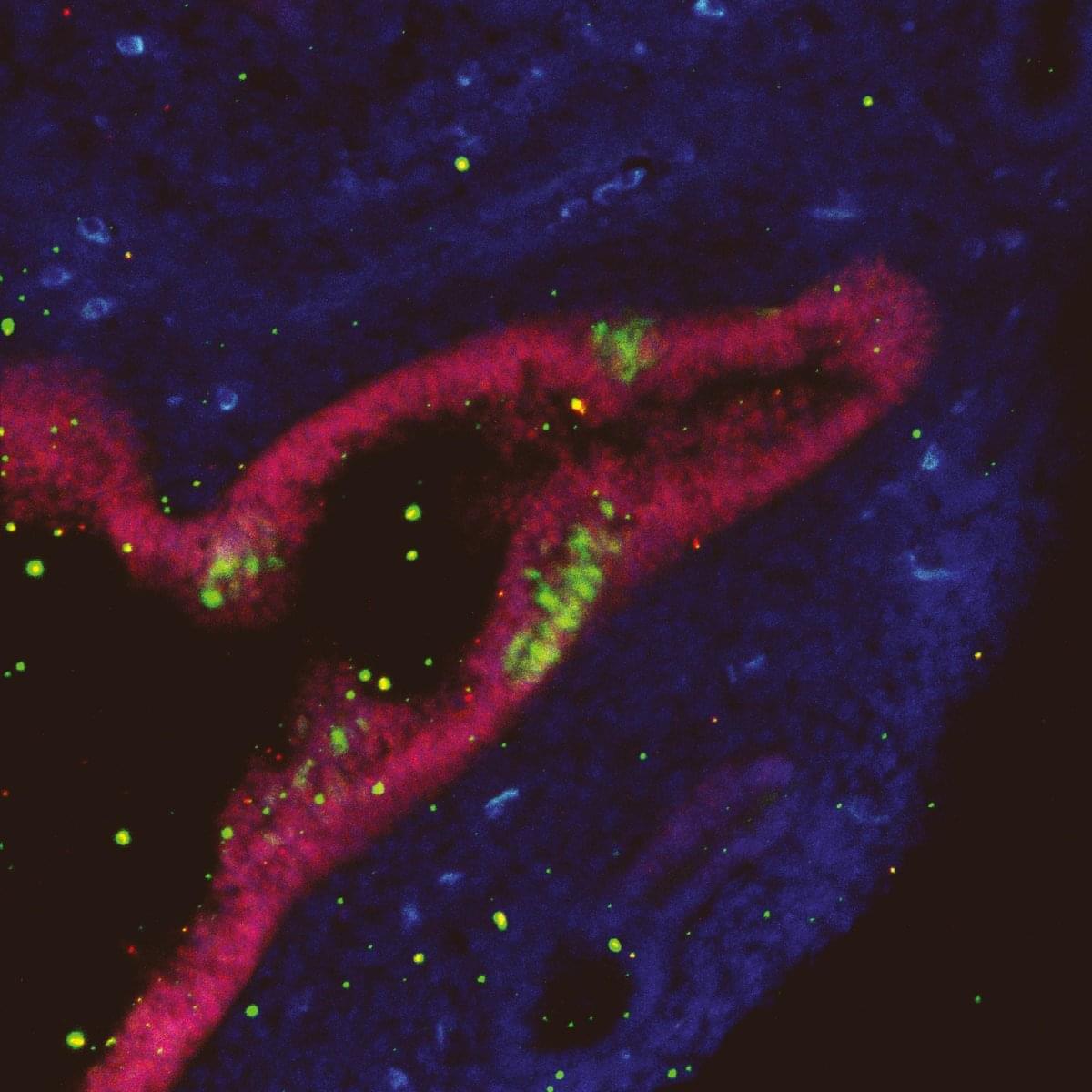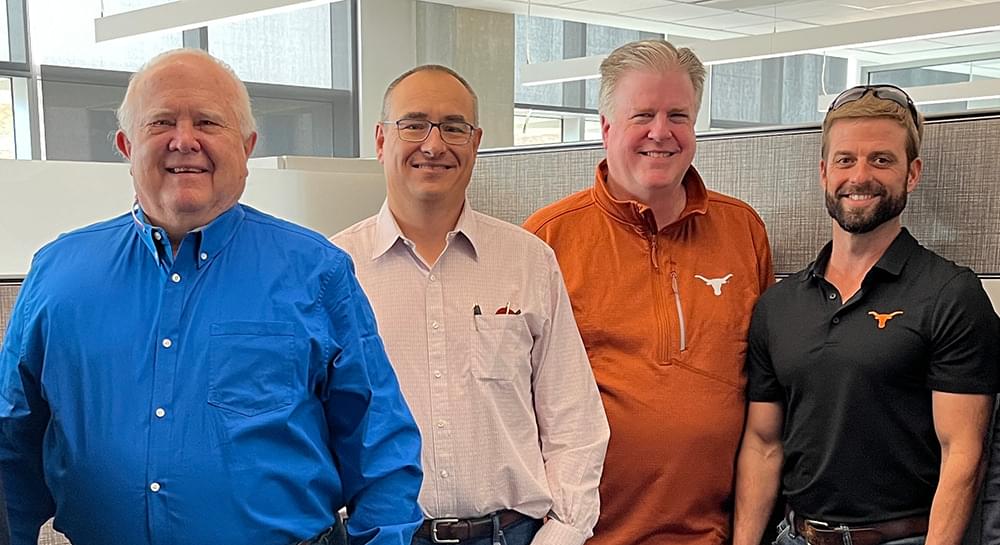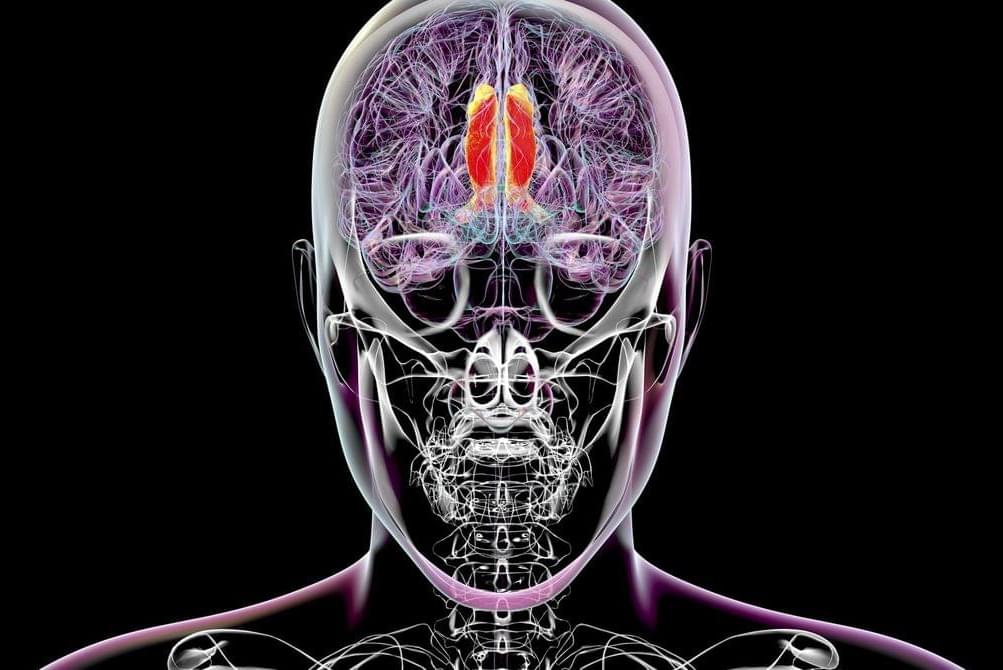Innovation in maritime propulsion has reached a significant milestone with the development of a revolutionary technology inspired by one of the ocean’s most elegant creatures. Swiss engineering giant ABB has successfully tested its biomimetic propulsion system that replicates the graceful swimming motion of whales, potentially transforming how vessels navigate our seas.
Biomimetic innovation transforms maritime propulsion
The marine industry stands at the threshold of a major breakthrough with ABB’s latest innovation. The ABB Dynafin propulsion system draws inspiration from the efficient swimming techniques of cetaceans, creating a mechanism that could significantly reduce energy consumption across various vessel types. This technology comes at a crucial time as detailed ocean mapping reveals new underwater features that challenge traditional navigation methods.





